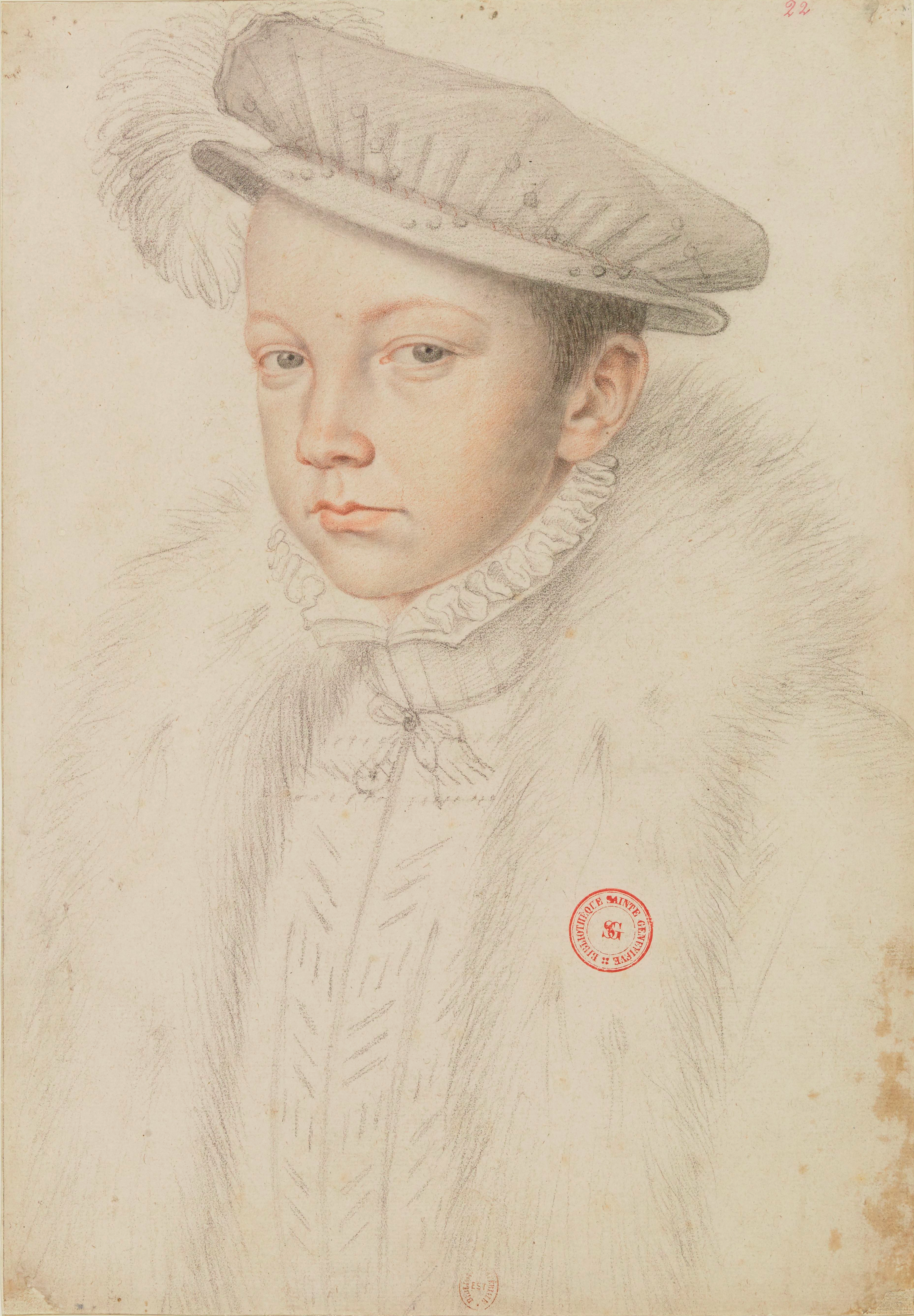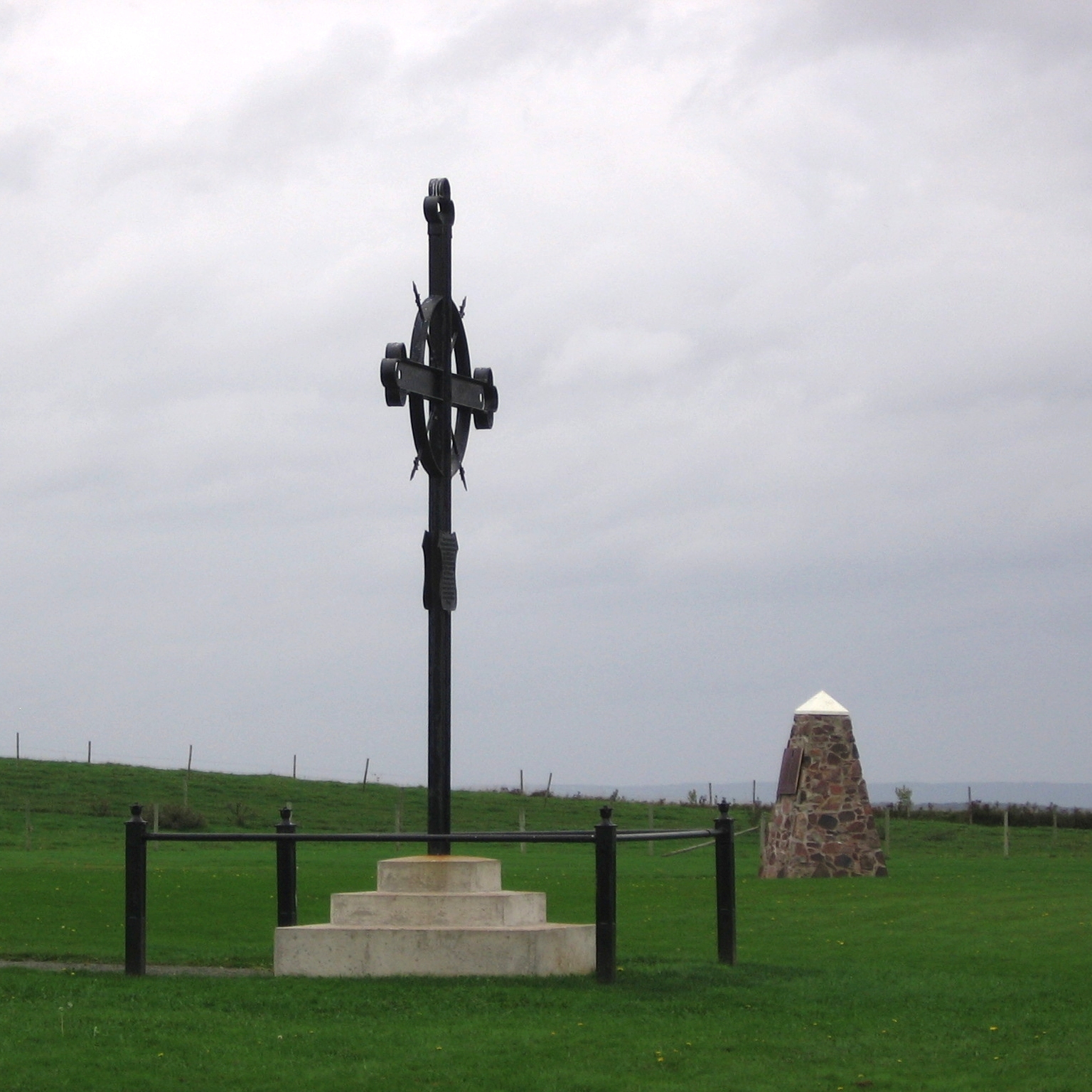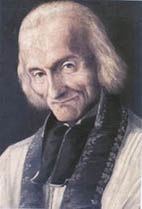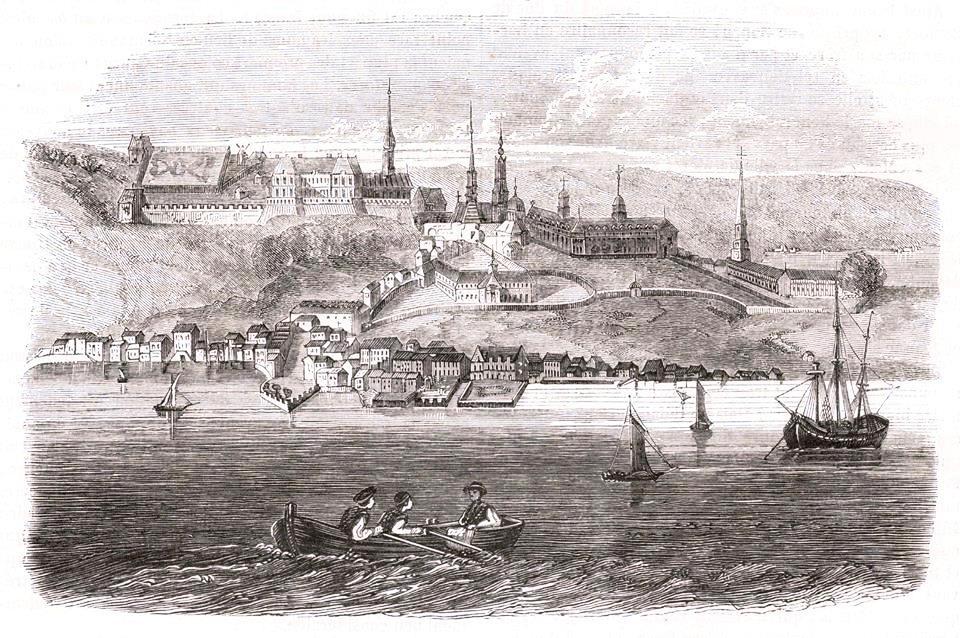|
1759 In Canada
Events from the year 1759 in Canada. Incumbents *List of Canadian monarchs, French Monarch: Louis XV *List of Canadian monarchs, British and Irish Monarch: George II of Great Britain, George II Governors *Governor General of the Province of Canada, Governor General of New France: Pierre François de Rigaud, Marquis de Vaudreuil-Cavagnal *List of colonial governors of Louisiana, Colonial Governor of Louisiana: Louis Billouart *Governor of Nova Scotia: Charles Lawrence (British Army officer), Charles Lawrence *Colonial Governor of Newfoundland, Commodore-Governor of Newfoundland: Richard Edwards (Royal Navy officer, died 1795), Richard Edwards Events * Tuesday May 22 - A British fleet approaches Quebec. * Thursday June 28 - French fire ships, intended to burn the British fleet, at Quebec, are taken ashore by British sailors. * Thursday July 26 - Carillon (Fort Ticonderoga) is abandoned by the French. * Saturday July 28 - Another French fireship attack fails against the British. ... [...More Info...] [...Related Items...] OR: [Wikipedia] [Google] [Baidu] |
List Of Canadian Monarchs
Listed here are the monarchs who reigned over Canada, starting with the Canada (New France), French colony of Canada, which subsequently became a The Canadas, British colony, followed by the British Dominion of Canada, and, finally, the present-day sovereign state of Canada. The date of the first claim by a monarch over Canada varies, with most sources giving the year as 1497, when John Cabot made landfall somewhere on the North American coast (likely either modern-day Newfoundland or Nova Scotia) and claimed the land for England on behalf of Henry VII of England, King Henry VII. However, some sources, instead, put this date at 1535, when the word ''Canada'' was first used to refer to the French colony of Canada, which was founded in the name of Francis I of France, King Francis I. Monarchical governance subsequently evolved under a continuous succession of French, British, and eventually uniquely Canadian sovereigns. Since the first claim by Henry VII, there have been 33 sovereign ... [...More Info...] [...Related Items...] OR: [Wikipedia] [Google] [Baidu] |
New England Planters
The New England Planters were settlers from the New England colonies who responded to invitations by the lieutenant governor (and subsequently governor) of Nova Scotia, Charles Lawrence, to settle lands left vacant by the Bay of Fundy Campaign (1755) of the Acadian Expulsion. History 8,000 planters (roughly 2,000 families), largely farmers and fishermen, arrived from 1759 to 1768 to take up the offer. The farmers settled mainly on the rich farmland of the Annapolis Valley and in the southern counties of what is now New Brunswick but was then part of Nova Scotia. Most of the fishermen went to the South Shore of Nova Scotia, where they got the same amount of land as the farmers. Many fishermen wanted to move there, especially since they were already fishing off the Nova Scotia coast. The movement of some 2,000 families from New England to Nova Scotia in the early 1760s was a small part of the much larger migration of the estimated 66,000 who moved to New York's Mohawk ... [...More Info...] [...Related Items...] OR: [Wikipedia] [Google] [Baidu] |
Battle Of The Plains Of Abraham
The Battle of the Plains of Abraham, also known as the Battle of Quebec (), was a pivotal battle in the Seven Years' War (referred to as the French and Indian War to describe the North American theatre). The battle, which took place on 13 September 1759, was fought on a plateau by the British Army and Royal Navy against the French Army, just outside the walls of Quebec City on land that was originally owned by a farmer named Abraham Martin, hence the name of the battle. The battle involved fewer than 10,000 troops in total, but proved to be a deciding moment in the conflict between France and Britain over the fate of New France, influencing the later creation of Canada. The culmination of a three-month siege by the British, the battle lasted about an hour. British troops commanded by General James Wolfe successfully resisted the Column (formation), column advance of French troops and Canada (New France), Canadian militia under General Louis-Joseph de Montcalm, Louis-Joseph, Ma ... [...More Info...] [...Related Items...] OR: [Wikipedia] [Google] [Baidu] |
Bombardment
A bombardment is an attack by artillery fire or by dropping bombs from aircraft on fortifications, combatants, or cities and buildings. Prior to World War I, the term was only applied to the bombardment of defenseless or undefended objects, houses, public buildings, etc. It was only loosely employed to describe artillery attacks upon forts or fortified positions in preparation for assaults by infantry. Since then, it has come to mean any mass attack delivered by artillery or short-range tactical missiles, and later, aerial bombardment delivered by aircraft or long-range missiles. History In its old strict sense, the term was only applied to the bombardment of defenseless or undefended objects, houses, public buildings, etc., by an assailant with the object of disheartening his opponent, and specially to force the civilian population and authorities of a besieged place to persuade their military commander to capitulate before the actual defenses of the place have been ... [...More Info...] [...Related Items...] OR: [Wikipedia] [Google] [Baidu] |
French Royal Army
The French Royal Army () was the principal land force of the Kingdom of France. It served the Bourbon dynasty from the reign of Louis XIV in the mid-17th century to that of Charles X in the 19th, with an interlude from 1792 to 1814 and another during the Hundred Days in 1815. It was permanently dissolved following the July Revolution in 1830. The French Royal Army became a model for the new regimental system that was to be imitated throughout Europe from the mid-17th century onward. It was regarded as Europe's greatest military force for much of its existence. Early history The first permanent army of France, which was paid with regular wages instead of being supplied by feudal levies, was established in the early 15th century under Charles VII. It was formed due to the need for reliable troops during the Hundred Years' War, though the Army was not disbanded because it saw continued use by the Kings of France following the conflict. Upon the outbreak of a conflict, an ordonn ... [...More Info...] [...Related Items...] OR: [Wikipedia] [Google] [Baidu] |
Battle Of Beauport
The Battle of Beauport, also known as the Battle of Montmorency, fought on 31 July 1759, was an important confrontation between the British and French armed forces during the Seven Years' War (also known as the French and Indian War and the War of Conquest) of the French province of Canada. The attack conducted by the British against the French defense line of Beauport, some east of Quebec was checked, and the army of General James Wolfe retreated with 443 casualties and losses. Background The French and Indian War campaigns of 1758 were mostly successful for the British, who had sent more than 40,000 men against New France and made key gains by capturing Louisbourg and destroying Fort Frontenac, although their primary thrust was stopped by French general Louis-Joseph de Montcalm in the Battle of Carillon. William Pitt continued the aggressive policy in 1759, again organizing large campaigns aimed at the heartland of New France, the Canadien communities of Quebec and M ... [...More Info...] [...Related Items...] OR: [Wikipedia] [Google] [Baidu] |
Scalping
Scalping is the act of cutting or tearing a part of the human scalp, with hair attached, from the head, and generally occurred in warfare with the scalp being a trophy. Scalp-taking is considered part of the broader cultural practice of the taking and display of human body parts as trophies, and may have developed as an alternative to the taking of human heads, for scalps were easier to take, transport, and preserve for subsequent display. Scalping independently developed in various cultures in both the Old and New Worlds. Europe One of the earliest examples of scalping dates back to the Mesolithic period, found at a hunter-gatherer cemetery in Sweden. Several human remains from the stone-age Ertebølle culture in Denmark show evidence of scalping. A man found in a grave in the Alvastra pile-dwelling in Sweden had been scalped approximately 5,000 years ago. Georg Friederici noted that “Herodotus provided the only clear and satisfactory portrayal of a scalping people in the ... [...More Info...] [...Related Items...] OR: [Wikipedia] [Google] [Baidu] |
Curate
A curate () is a person who is invested with the ''care'' or ''cure'' () of souls of a parish. In this sense, ''curate'' means a parish priest; but in English-speaking countries the term ''curate'' is commonly used to describe clergy who are assistants to the parish priest. The duties or office of a curate are called a curacy. Etymology and other terms The term is derived from the Latin (compare Curator). In other languages, derivations from ' may be used differently. In French, the is the chief priest (assisted by a ) of a parish, as is the Italian , the Spanish , and the Filipino term (which almost always refers to the parish priest), which is derived from Spanish. Catholic Church In the Catholic Church, the English word ''curate'' is used for a priest assigned to a parish in a position subordinate to that of the parish priest. The parish priest (or often, in the United States, the ''pastor'' or ''minister'') is the priest who has canonical responsibility for the ... [...More Info...] [...Related Items...] OR: [Wikipedia] [Google] [Baidu] |
Île D'Orléans
Île d'Orléans (; ) is an island located in the Saint Lawrence River about east of downtown Quebec City, Quebec, Canada. It was one of the first parts of the province to be colonized by the French, and a large percentage of French Canadians can trace ancestry to early residents of the island. The island has been described as the "microcosm of traditional Quebec and as the birthplace of francophones in North America." It has about 7,000 inhabitants, spread over six villages. The island is accessible from the mainland via the Île d'Orléans Bridge from Beauport, Quebec, Beauport. Quebec Route 368, Route 368 is the sole provincial route on the island, which crosses the bridge and circles the perimeter of the island. At the village of Sainte-Pétronille, Quebec, Sainte-Pétronille toward the western end of the island, a viewpoint overlooks the impressive ''Chute Montmorency'' (Montmorency Falls), as well as a panorama of the St. Lawrence River and Quebec City. Geography The I ... [...More Info...] [...Related Items...] OR: [Wikipedia] [Google] [Baidu] |
Resistance Movement
A resistance movement is an organized group of people that tries to resist or try to overthrow a government or an occupying power, causing disruption and unrest in civil order and stability. Such a movement may seek to achieve its goals through either the use of violent or nonviolent resistance (sometimes called civil resistance), or the use of force, whether armed or unarmed. In many cases, as for example in the United States during the American Revolution, or in Norwegian resistance movement, Norway in the Second World War, a resistance movement may employ both violent and non-violent methods, usually operating under different organizations and acting in different phases or geographical areas within a country. Etymology The Oxford English Dictionary records use of the word "resistance" in the sense of organised opposition to an invader from 1862. The modern usage of the term "Resistance" became widespread from the self-designation of many movements during World War II, especially ... [...More Info...] [...Related Items...] OR: [Wikipedia] [Google] [Baidu] |
History Of Quebec City
The history of Quebec City extends back thousands of years, with its first inhabitants being the First Nations peoples of the region. The arrival of French explorers in the 16th century eventually led to the establishment of Quebec City, in present-day Quebec, Canada. The city is one of the oldest European settlements in North America, with the establishment of a permanent trading post in 1608. It was officially incorporated as a city in 1832 and given its charter in 1840. French rule French explorer Jacques Cartier was the first European to ascend the St. Lawrence Gulf, claiming "Canada" for France (and the coming addition of a newly founded " Acadie" – known today as the province of Nova Scotia) to create a dominion known as New France. In 1535, Cartier and his crew first visited an Iroquois settlement of 500 people named Stadacona, in a site located in present-day Quebec City.Bumsted, J. M. Canada's Diverse Peoples: A Reference Sourcebook. Santa Barbara, CA: ABC-CLIO, 200 ... [...More Info...] [...Related Items...] OR: [Wikipedia] [Google] [Baidu] |
Divine Providence
In theology, divine providence, or simply providence, is God's intervention in the universe. The term ''Divine Providence'' (usually capitalized) is also used as a names of God, title of God. A distinction is usually made between "general providence", which refers to God's God the Sustainer, continuous upholding of the existence and natural law, natural order of the universe, and "special providence", which refers to God's extraordinary intervention in the life of people. Miracles and even divine retribution, retribution generally fall in the latter category. Etymology "Divine" evolved in the late 14th century to mean "pertaining to, in the nature of or proceeding from God or a god". This came from the Old French , with a similar meaning, and that from the Latin , meaning "of a god", in turn from , with similar meaning, which was related the Latin , meaning god or deity. The word "providence" comes from Latin meaning foresight or prudence, and that in turn from "ahead" and " ... [...More Info...] [...Related Items...] OR: [Wikipedia] [Google] [Baidu] |






